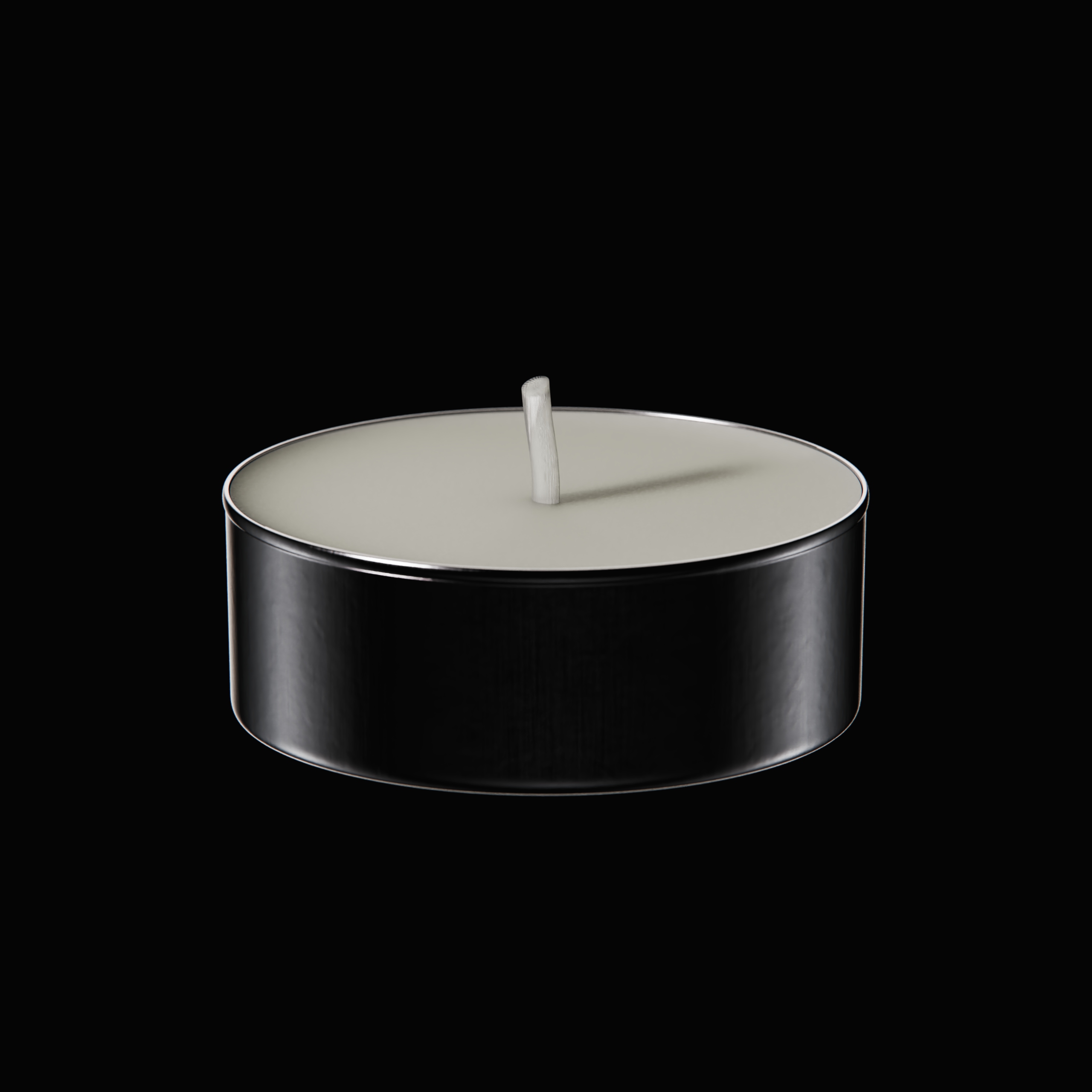Sheet Metal Showcase
Each week, we challenge the ID community to explore new materials, processes, and forms. Our last prompt focused on sheet metal, inviting submissions that push the boundaries of what’s possible with this material.
After reviewing the entries, we’ve selected a standout group that showcases both ingenuity and craftsmanship.
Untitled Sheet Metal Chair – Alex Ernsell
Alex Ernsell’s untitled sheet metal chair is a study in minimalism, using a single curved sheet as the primary structure with exposed hardware for a raw, industrial feel. The design is straightforward but effective, embracing the core qualities of sheet metal—flatness, flexibility, and ease of fabrication.
The piece stands out for its simplicity, with just a few well-placed bends and a central brace to provide stability. The hex-nut fasteners give it a DIY aesthetic while reinforcing the material-driven approach. The use of stickers adds a layer of personality, aligning with a skate-inspired visual language that feels at home with our logo styling.
Functionally, the chair leans more sculptural than ergonomic. The sharp edges and rigid form suggest it may serve better as a statement piece or even a plant stand rather than a daily-use chair. Still, as an exploration of how little is needed to create a recognizable furniture form, it’s a strong submission that highlights the beauty of restraint.
.jpg)
.jpg)
Hold Your Apples – Siddhartha Madhavareddy
Siddhartha Madhavareddy’s apple holder and stool take a straightforward, material-conscious approach. Both pieces integrate wooden rods, adding contrast and warmth against the industrial feel of the sheet metal. The apple holder, in particular, is a clean and efficient design, formed from a single sheet that folds into a structured, functional object. It fully embraces the nature of sheet metal—precise, intentional, and unembellished.
.png)
.jpg)
Bend n Burn – Anton Åsberg
Anton Åsberg’s Bend n Burn chair is an exercise in restraint, using just two bent sheets of steel to achieve a strong yet simple form. What sets this apart is the surface treatment—harshly burning the material creates a rich, varied patina that makes the piece feel more dynamic. The contrast between the controlled bending and the raw, unpredictable finish brings an added level of depth, proving that texture and finish are just as important as form.
.jpg)
.jpg)
Quarter Stool – Edwin Tanu
Designed for efficiency and ease of production, Edwin Tanu’s quarter stool is constructed from four identical stainless steel pieces that come together in a precise, geometric structure. The modular approach allows for easy assembly and disassembly, making it both practical and visually striking. By repeating a simple form, the design creates a strong visual identity while keeping the construction process straightforward and scalable.
.jpg)
Sharkille O’Neal – Joseph Cooke
Joseph Cooke’s toothbrush holder transforms a simple function into a playful, character-driven design. The toothbrush rests in the shark’s mouth, turning its bristles into a set of teeth. The execution is clean and minimal, keeping the form simple while maintaining a strong visual impact. Playful objects in industrial design often lean too far into novelty, but this piece strikes a balance between fun and refinement.
.jpg)
Modular Caddy – Mike Jacobs
The most-liked submission on Instagram, Mike Jacobs’ modular caddy blends functionality with sculptural appeal. The aviation-inspired details and sturdy form give it a strong presence, while the modular design allows for multiple configurations, including a wine caddy. The ability to personalize its setup makes it an adaptable piece that fits into different environments. It’s a simple idea executed with a high level of refinement, making it both practical and visually compelling.
.jpg)
.jpg)
Wave Steel – Edwin Tanu
Edwin Tanu’s wave steel lounger pushes the material in a new direction, bending thick-gauge steel into a form that mimics the softness of a cushioned surface. The design challenges the usual perception of metal as cold and rigid, creating an inviting, fluid shape without sacrificing the raw qualities of the material. While this piece would be complex to manufacture at scale, it serves as a great exploration of how materiality and form can work together to challenge expectations.
.jpg)
Reel Drawer – Hao Kong
Hao Kong’s reel drawer is a modular furniture system that makes use of recycled sheet metal. The curved handles, integrated seamlessly into the form, soften the material’s naturally rigid qualities while giving the piece a distinct identity. The ability to reconfigure the unit adds another layer of flexibility, making it adaptable to different spaces. It’s a great example of how sustainability and design thinking can merge into something both practical and visually interesting.
.jpg)
.jpg)
Our Take
This challenge inspired our team (Sample Studio) to explore a heavier gauge metal for a greater sense of weight and permanence. The result was a multipurpose display piece, designed to hold records, books, or decorative objects while integrating naturally into different interior spaces. The form is intentionally simple, letting the material itself take center stage.
From a rendering perspective, we experimented with lighting and shadows to create a high-contrast effect, enhancing the depth of the piece. While the shape remains minimal, the way light interacts with it adds an element of intrigue that elevates the final presentation.
.jpg)
.jpg)
Final Thoughts
Sheet metal is often seen as rigid and industrial, but this week’s submissions prove its potential for creative expression. Whether through precise minimalism, playful storytelling, or sculptural exploration, these projects highlight how the material can be pushed in unexpected directions.
Looking forward to seeing where the next challenge takes us!

.svg)







Join the discussion